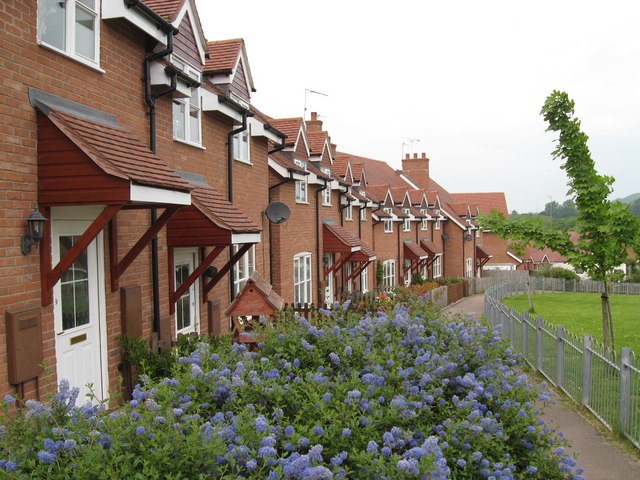After decades of little to no change, the Saskatchewan government is finally doing a revamp of its housing programs by shifting the Affordable Housing program to the Social Housing program. In doing so, the government says the system will be simpler and fairer.
“It makes sense to have one housing program that makes it easier and more affordable for households in need,” said Saskatchewan Housing Corporation Board Chair, Keith Hanson, in a news release. “This transition will result in significant reductions in monthly rents for hundreds of Saskatchewan seniors, families and individuals and will convert 2,700 housing units for people who need them the most.”
Simply put, the existing Affordable Housing program was started a few decades ago with hardly any restrictions to fill a gap in the availability of rental housing. It was doled out on a first come, first serve basis with a set rent that was only five to 10 per cent below the market average. As time passed and the market average went up, those fixed rental rates remained the same, meaning they have now reached a point where those rates are 20 to 30 per cent below market price.
At some point after the program was started, there was a ceiling (in terms of income) put on it as to who was eligible, but that ceiling was pretty high. As such, current tenants can have incomes as high as $100,000 while still paying fixed rental rates way below market price.
Reasons as to the cause of this vary. A person could have originally bought the unit as a student and is now a doctor, or he or she could have gotten promotions over the years; either way, the end result is the same: high income earners living in very cheap rental units. On the flip side, low-income earners might be paying a fixed rental rate that is more than 30 per cent of their income. By transitioning Affordable Housing to Social Housing, it should fix that discrepancy.
“Social housing takes into account your income, family circumstances – such as disabilities – how many children you have, seniors (dependent on you), if you’re fleeing from a violent situation, etc. It takes it all into account and (then housing is given) to those most in need,” said Donna Harpauer, Social Services Minister and Minister responsible for the Saskatchewan Housing Corporation. “There will be one rental program per government housing instead of two because right now, you could have two families with exact same circumstances; one is in social housing and the other is in affordable housing and they could be paying significantly different rent.”
Despite the transition, Harpauer says there will still be other programs in the private sector to encourage affordable housing; there just won’t be a government-run program. The old Affordable Housing program didn’t identify those most in need, but this transition should make that more capable through the Social Housing program.
During the transition, no one will be evicted, but the rental rates will change. Those paying more than 30 per cent of their income will see an immediate reduction in rent. Those paying more will see an increase of anywhere from $10 to $100 depending on their income and the community they live in. Each year will see a subsequent increase (max. $100 each time) in rent until their rental rates match 30 per cent of their income or the cap is reached (the cap will vary depending on the community).
“As we move the rental amount up, (the hope is that high income earners) will choose to move into the private market,” said Harpauer. “That will free up units for people who are on the waiting list.”
Harpauer wanted to make it clear that despite this transition, there will still be a number of private programs as incentives that municipalities and private developers can access to build affordable housing. The agreement is that they have to keep rent a certain percentage below market price.
Currently, Harpauer says the Saskatchewan government has about 13,000 units in the province as part of the Social Housing program and about 2,700 that are in the Affordable Housing program. In Humboldt specifically, there are about 12 affordable units and 162 social units. The goal will be to transition those affordable units into social units over time.
“This transition makes it fair and make it more affordable for those who truly need it,” said Harpauer. “Keeping in mind that the ceiling for this social housing program is $55,000. We’re still talking about working people, but those of lower income.”
Thus far, all of this program overhauling has been a part of the provincial government’s attempt to provide affordable housing. At first, there was the problem with availability of units, so the government began by introducing programs that gave incentives to the private market to build affordable housing. Now they’re looking at the housing available and trying to see if it’s affordable for everyone.
“Affordability is our concern now, not that we won’t continue to develop, but we’re not focused on that now,” said Harpauer. “We want to free up units that we already own, free them up for those most in need and encourage high income earners to move into the private market.”
Overall, the Social Housing program should balance out discrepancies since it’s more targeted and addresses those most in need thanks to the ceiling cap and the points awarded based on circumstances.
The increases (or decreases) in rent will begin on March 1, 2016.




